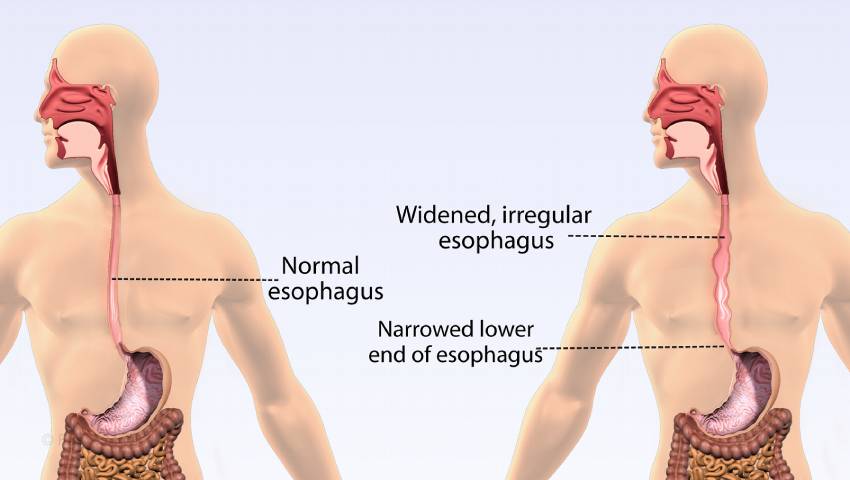
- 27/03/2023
- Dr. Samrat Jankar
- 0 Comments
- Achalasia-Cardia
Achalasia Treatment (With/without Surgery)
Achalasia is a rare condition that affects the ability of the esophagus to move food into the stomach. This condition occurs when the muscles in the lower esophageal sphincter (LES) do not relax properly, making it difficult for food to pass through. The most common symptoms of achalasia include difficulty swallowing, chest pain, and regurgitation of food. While there is no cure for achalasia, there are several treatments available that can help manage the symptoms. In this blog, we will discuss the treatment options for achalasia, both with and without surgery.
Non-Surgical Treatments:
- Medications: There are several medications available that can help relieve the symptoms of achalasia. These medications work by relaxing the muscles in the esophagus, making it easier for food to pass through. However, they are not effective for everyone and may have side effects.
- Botox injections: Botox injections are used to relax the muscles in the LES, making it easier for food to pass through. This treatment is typically used as a temporary solution and may need to be repeated every few months.
- Esophageal dilation: This treatment involves stretching the LES using an inflatable balloon or a dilator. This can help improve the flow of food into the stomach. This procedure is typically done under sedation and may need to be repeated over time.
Surgical Treatments:
- Heller myotomy: This surgical procedure involves cutting the muscles in the LES to allow food to pass through more easily. This procedure is typically done using laparoscopic surgery, which involves making several small incisions in the abdomen. This surgery has a high success rate, and most patients are able to resume normal activities within a few weeks.
- Per-oral endoscopic myotomy (POEM): This is a newer surgical procedure that involves making a small incision in the mouth and using an endoscope to cut the muscles in the LES. This procedure has a shorter recovery time than Heller myotomy, and patients typically experience less pain.
- Fundoplication: This surgical procedure involves wrapping the upper part of the stomach around the LES to help keep it closed when it is not needed. This can help prevent the regurgitation of food and reduce symptoms.
Which treatment is right for me?
The choice of treatment for achalasia will depend on several factors, including the severity of the condition, the age of the patient, and their overall health. In general, non-surgical treatments are typically used for mild to moderate cases of achalasia, while surgical treatments are reserved for more severe cases or for patients who do not respond to non-surgical treatments.
Conclusion:
While there is no cure for achalasia, there are several treatment options available that can help manage the symptoms. Non-surgical treatments, such as medication, Botox injections, and esophageal dilation, can be effective for some patients. However, surgical treatments, such as Heller myotomy, POEM, and fundoplication, may be necessary for more severe cases. If you are experiencing symptoms of achalasia, it is important to Consult the best gastroenterologist in PCMC, Pune to determine which treatment option is right for you.
